Are you ready to discover the past and the present simultaneously? Nijmegen is one of the oldest cities and is full of Roman remains but has also become a very vibrant (student) city with trendy boutiques. Also, the most kilometers are walked here every year during the Nijmegen Four Days Marches. The best way to get to know this impressive city is during an audio guided tour, where the most beautiful sights are carefully listed for you. You will walk past the Waag, admire the Sint Stevens Church and wander through the Kronenburgerpark in search of the special Kruittoren. Will you go back to school at the Latin School? Or would you rather go in search of the mysterious story of Moenen? Discover the city during this self-guided audio tour.
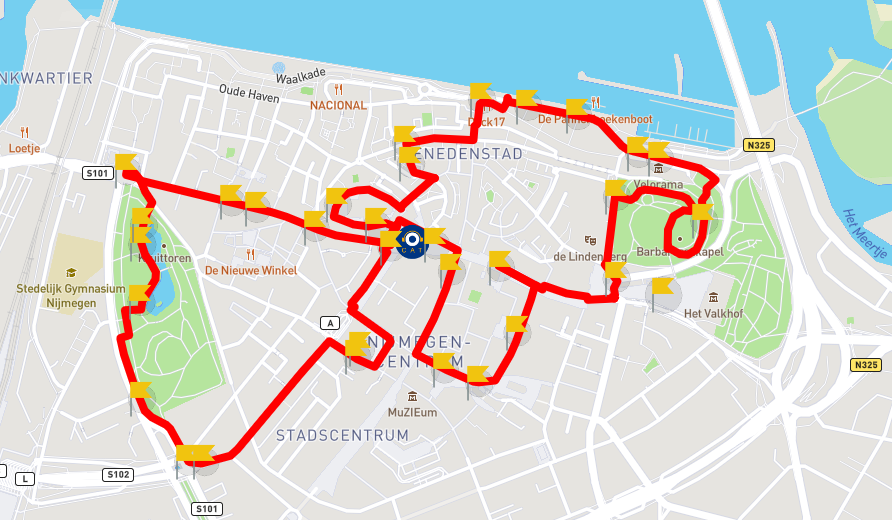
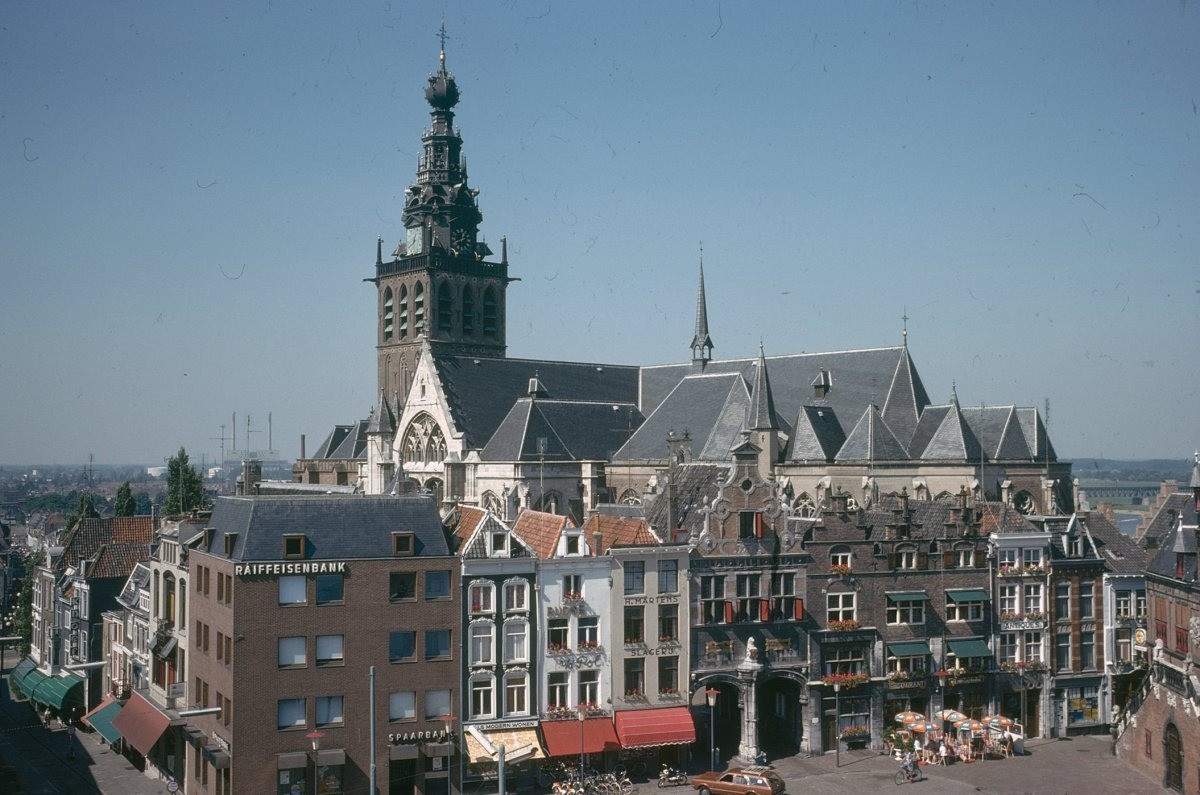
Why Visit: This Gothic powerhouse towers over Netherlands' oldest city, yet most tourists miss the Roman foundations lurking beneath the medieval stones.
Built on the ruins of a Carolingian chapel from 799 AD, this 13th-century church survived Protestant iconoclasm and Allied bombing during WWII. The tower offers panoramic views across the Waal River valley, while the interior houses remarkable 16th-century stained glass windows. Archaeological excavations revealed Roman tiles and medieval graves directly under the nave.
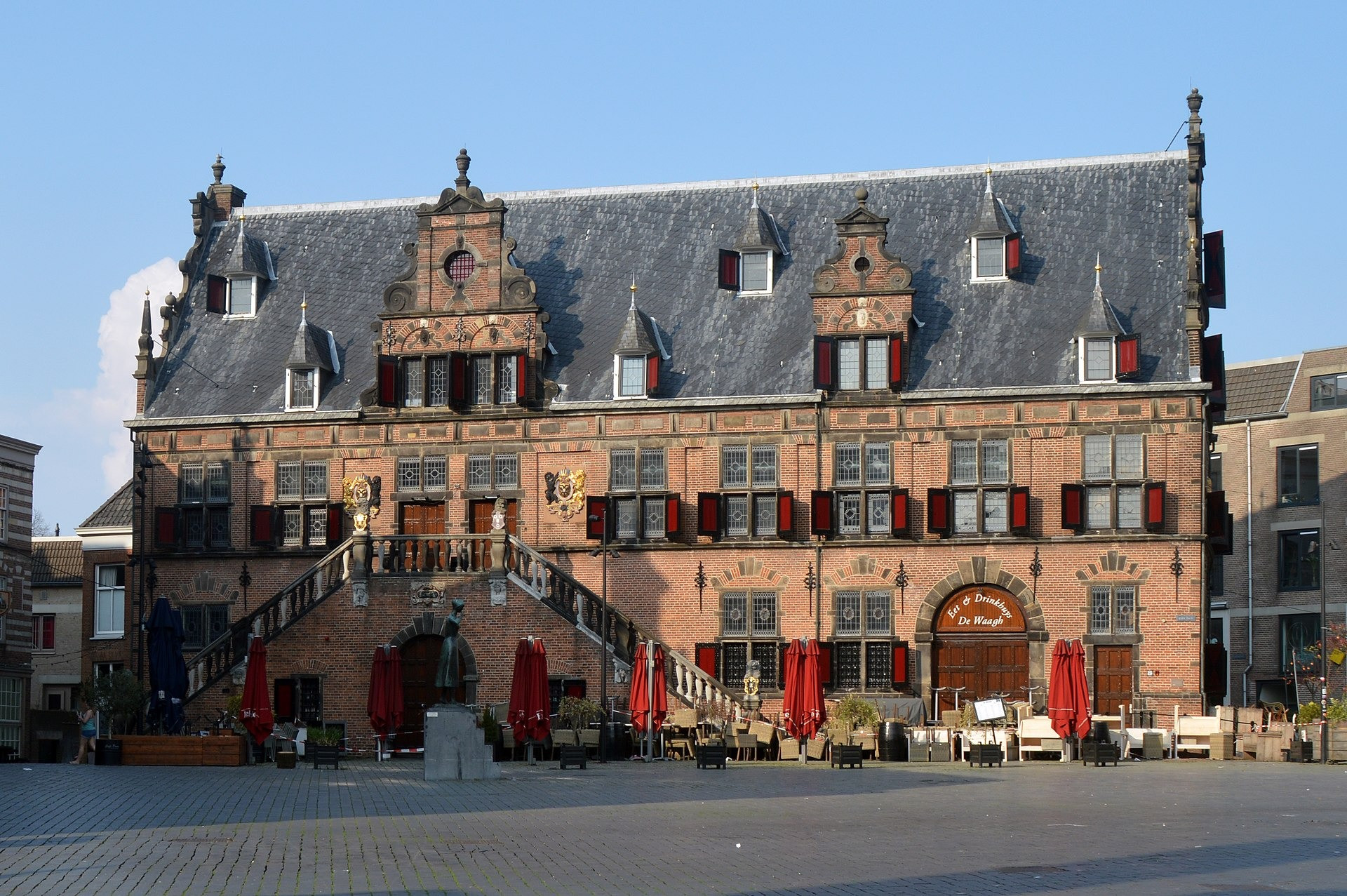
Ever Wondered: How did medieval merchants prevent cheating in an era before standardized weights and measures?
This 1612 Renaissance building served as Nijmegen's official weighing station for over 300 years. Traders couldn't sell goods without the weigh master's approval - a system that made this building the commercial heart of the city. The ornate facade masks practical interiors designed around massive bronze scales that determined fortunes in grain, wool, and butter trades.
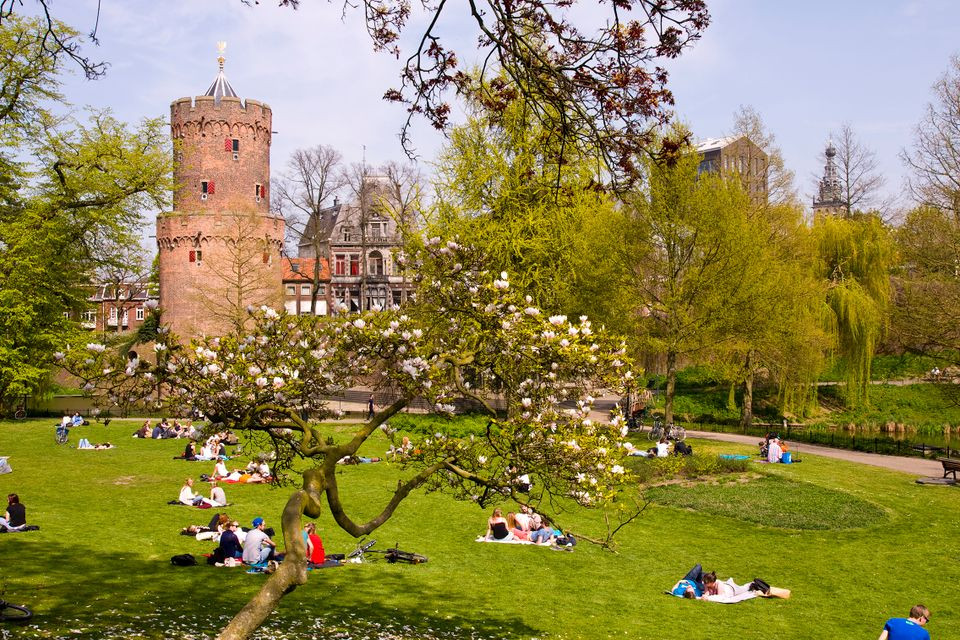
The Story Behind: These English-style gardens replaced medieval fortifications after Napoleon ordered Nijmegen's defensive walls demolished in 1809.
Local citizens transformed military bastions into peaceful parkland, creating one of Netherlands' first public parks. The remaining tower fragment hints at the massive defensive system that once protected this strategic river crossing. Spring brings thousands of daffodils - planted by residents who wanted beauty where cannons once stood guard.
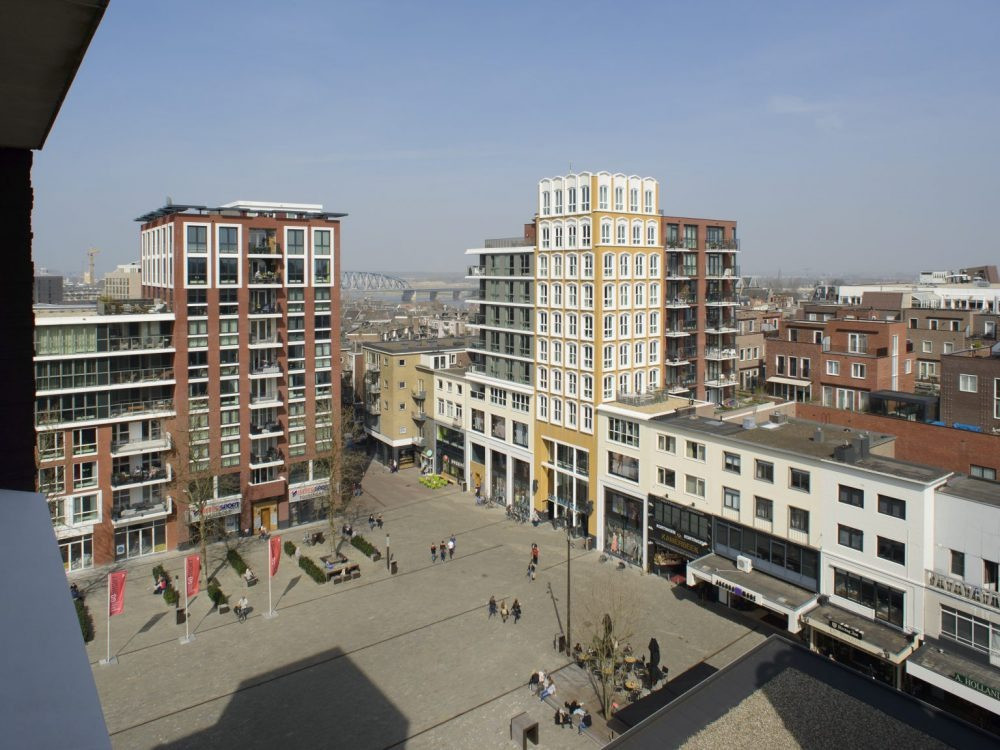
What You'll Find: A bustling market square where Operation Market Garden paratroopers landed 80 years ago, transforming Nijmegen into the first Dutch city liberated from Nazi occupation.
American and British forces captured the Waal bridge here in September 1944 after fierce fighting. The square's modern cafes and shops occupy buildings hastily rebuilt after wartime destruction. Local veterans still gather here annually on liberation day, sharing stories with fewer witnesses each passing year. The audio guide Nijmegen reveals how this ordinary-looking square witnessed extraordinary heroism.
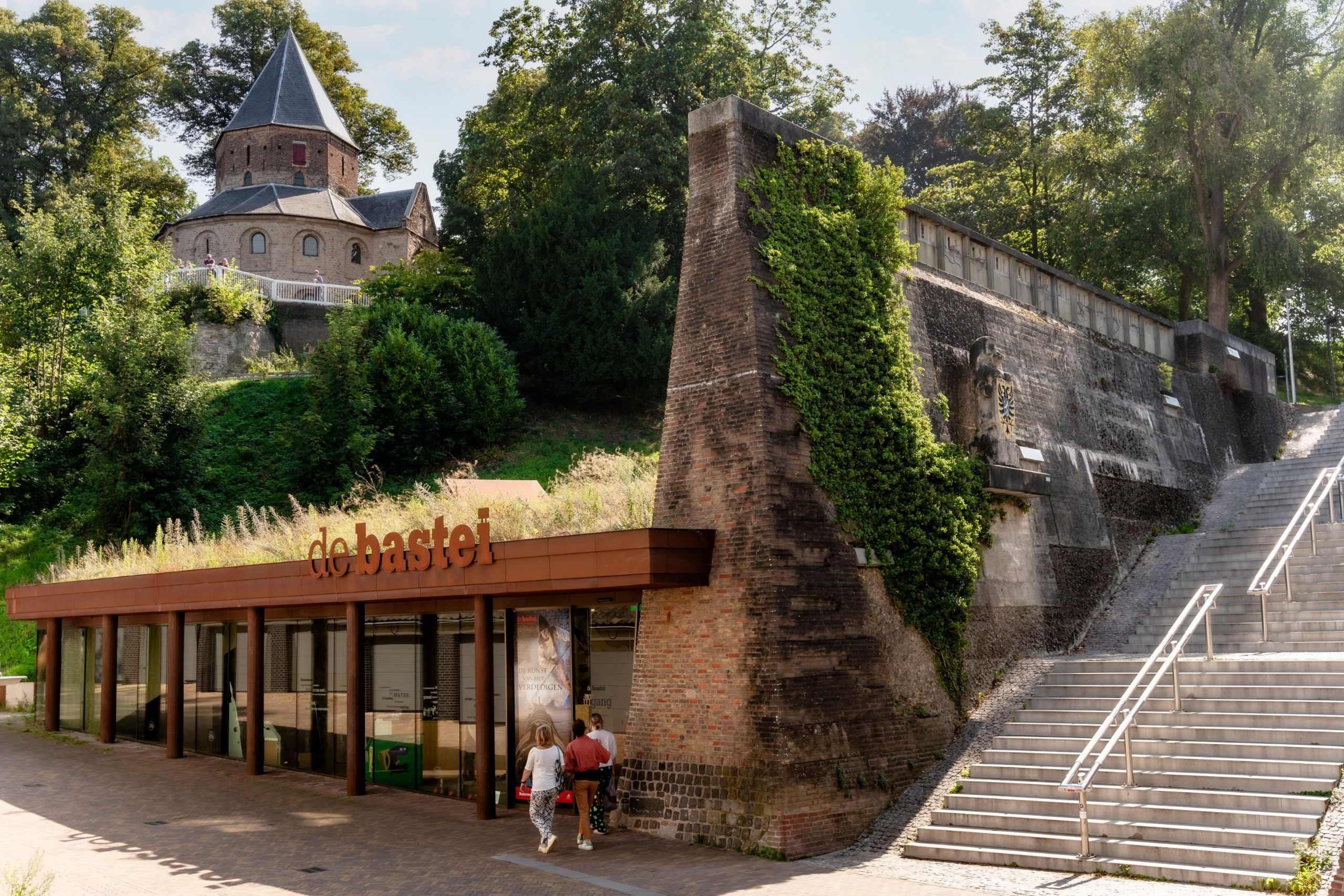
Back in 1425: This riverside promenade followed ancient Roman roads that connected Nijmegen to the Germanic frontier.
The name means "bastion" - remnants of Spanish fortifications built when Nijmegen belonged to the Holy Roman Empire. Today's tree-lined walkway conceals 2,000 years of military history, from Roman legions to medieval knights to Spanish soldiers. The views across the Waal River haven't changed much since Charlemagne established his palace here in the 8th century.
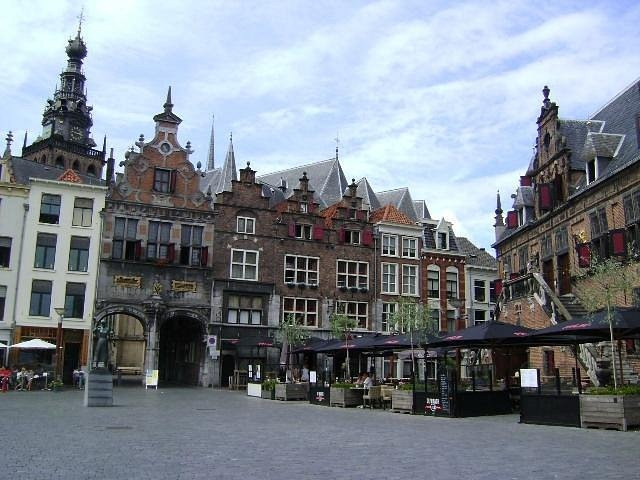
Local Secret: The tilted Town Hall isn't sinking - it was deliberately built on a slope to ensure rainwater drains away from the foundation.
This triangular market square bustled with trade for over 800 years, though WWII bombing destroyed most original buildings. The rebuilt facades copy 17th-century styles while hiding modern steel construction. Market vendors still occupy the same spots their predecessors used centuries ago, selling regional cheese and flowers where medieval guilds once controlled all commerce. Walking tour Nijmegen visitors often miss the Roman milestone embedded in the square's pavement.